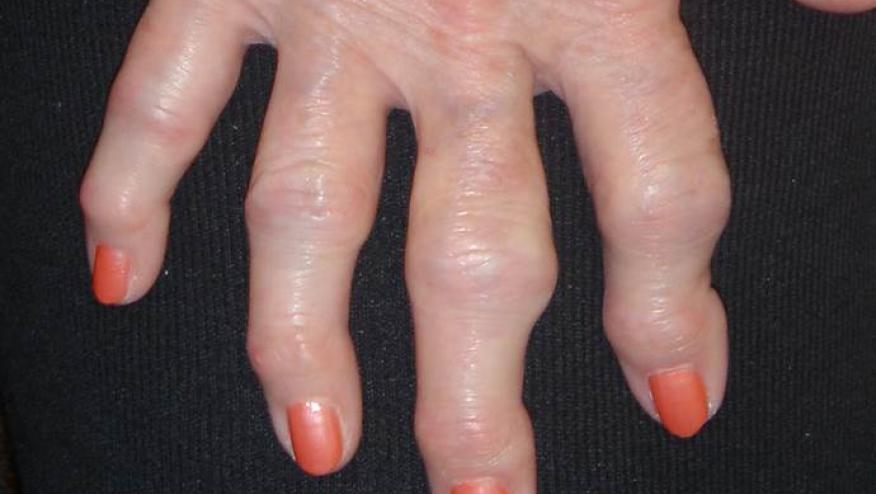2018 EULAR Recommendations for Hand Osteoarthritis Care Save

The European League Against Rheumatism (EULAR) has previously put forth recommendations for management of hand osteoarthritis (OA) in 2007. But since then, advances and further evidence have emerged.
An international panel of 19 physicians, healthcare professionals and patients from 10 European countries formulated five overarching principles and 10 new recommendations after a systematic literature review was performed.
The overarching principles cover treatment goals, information provision, individualisation of treatment, shared decision-making and the need to consider multidisciplinary and multimodal (non-pharmacological, pharmacological, surgical) treatment approaches.
Recommendations address non-pharmacological treatment options, pharmacological treatments, and surgical considerations. These EULAR recommendations provide up-to-date guidance on the management of hand OA, based on expert opinion and research evidence.
Overarching Principles
- The primary goal of managing hand OA is to control symptoms, such as pain and stiffness, and to optimise hand function, in order to maximise activity, participation and quality of life.
- All patients should be offered information on the nature and course of the disease, as well as education on self-management principles and treatment options.
- Management of hand OA should be individualised taking into account its localisation and severity, as well as comorbidities.
- Management of hand OA should be based on a shared decision between the patient and the health professional.
- Optimal management of hand OA usually requires a multidisciplinary approach. In addition to non-pharmacological modalities, pharmacological options and surgery should be considered.
Recommendations for Hand OA Management
- Education and training in ergonomic principles, pacing of activity and use of assistive devices should be offered to every patient.
- Exercises to improve function and muscle strength, as well as to reduce pain, should be considered for every patient.
- Orthoses should be considered for symptom relief in patients with thumb base OA. Long-term use is advocated.
- Topical treatments are preferred over systemic treatments because of safety reasons. Topical NSAIDs are the first pharmacological topical treatment of choice.
- Oral analgesics, particularly NSAIDs, should be considered for a limited duration for relief of symptoms.
- Chondroitin sulfate may be used in patients with hand OA for pain relief and improvement in functioning.
- Intra-articular injections of glucocorticoids should not generally be used in patients with hand OA, but may be considered in patients with painful interphalangeal joints
- Patients with hand OA should not be treated with conventional or biological disease-modifying antirheumatic drugs
- Surgery should be considered for patients with structural abnormalities when other treatment modalities have not been sufficiently effective in relieving pain. Trapeziectomy should be considered in patients with thumb base OA and arthrodesis or arthroplasty in patients with interphalangeal OA.
- Long-term follow-up of patients with hand OA should be adapted to the patient’s individual needs.










If you are a health practitioner, you may Login/Register to comment.
Due to the nature of these comment forums, only health practitioners are allowed to comment at this time.